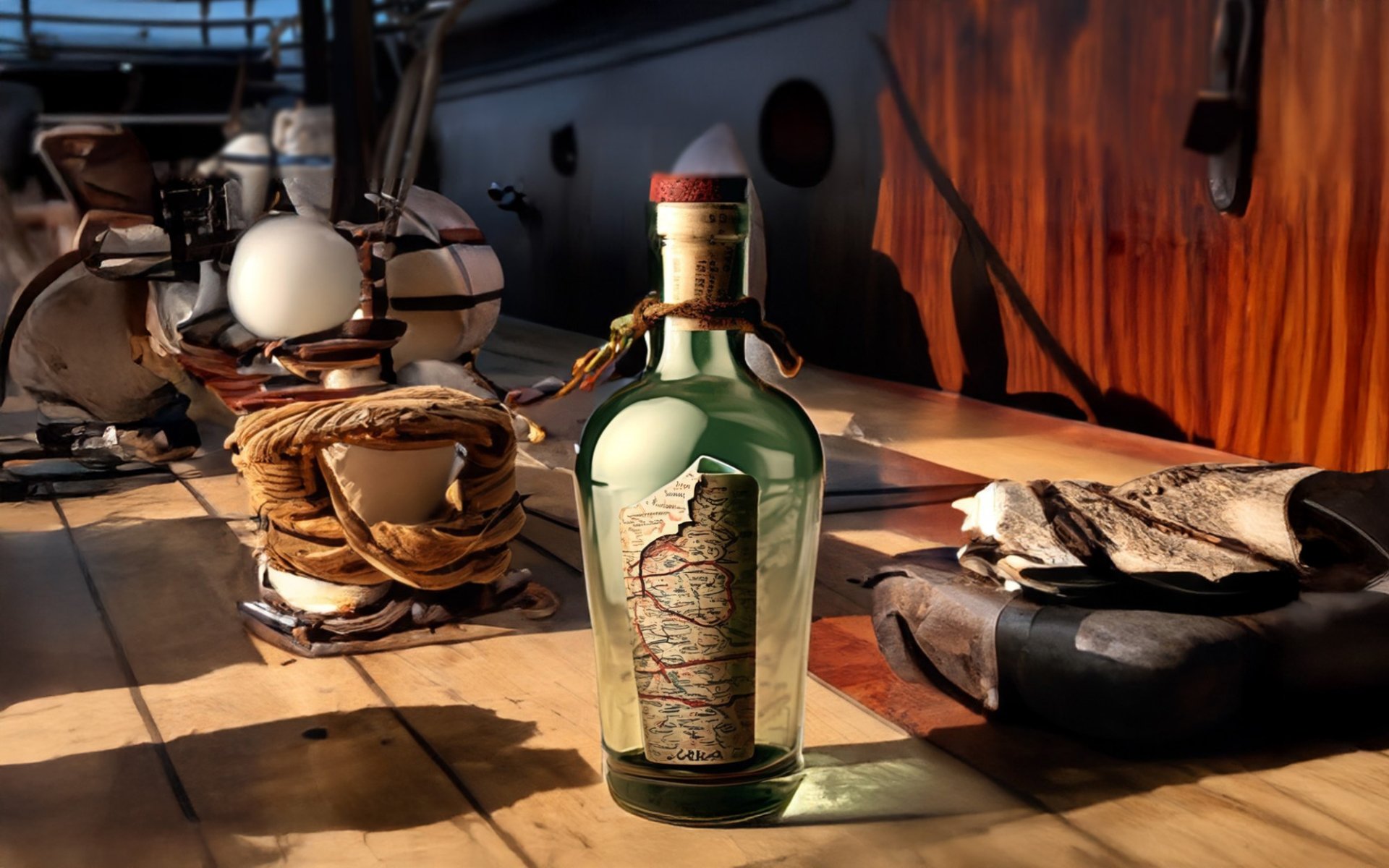Fortified Wine

The world of wine is diverse and captivating, with the history of each type revealing insights into culture, innovation, and origin. Among the vast array of wines globally, Fortified Wine is one type that is widely discussed and appreciated for its unique characteristics and interesting backstory.
What is Fortified Wine?
Fortified wine is a wine that has been enhanced with a distilled spirit, typically brandy, during its production process. This addition increases its alcohol content significantly. Compared to other wines, fortified wines generally have an alcohol by volume (ABV) of 1822%, whereas regular wines usually range from 10-15% ABV, giving fortified wines a richer and more robust profile.
Fortified wines can be produced in various styles, ranging from dry to sweet. Producers can control the sweetness level by adjusting when the alcohol is added
- Sweet Fortified Wine: If the alcohol is added before fermentation is complete, the added alcohol halts the yeast's activity. This prevents the yeast from converting all the sugar into alcohol, resulting in a sweeter wine with higher residual sugar.
- Dry Fortified Wine: If the alcohol is added after fermentation is complete, the yeast has already converted a higher percentage of the sugar into alcohol, resulting in a drier wine with less residual sugar.
Origins: Necessity Leads to Innovation
The origin of fortified wine is said to date back to the early 16th century in Europe. However, there is no definitive evidence as to which country pioneered the method. During that period, numerous wineries across Europe, particularly in Portugal and Spain, began adding alcohol, especially brandy, to their wines. The primary reason was to preserve the wine from spoilage during long sea voyages, where unpredictable conditions could easily ruin perishable goods. The increased alcohol acted as a natural preservative, helping the wines maintain their quality.
Beyond preservation, producers also discovered that adding alcohol imparted unique characteristics to the wine. The resulting wines developed a rich, complex sweetness and higher alcohol content, making them ideal for slow sipping and savoring. This newfound appreciation for their distinct flavor profiles is what propelled fortified wines to popularity as a distinct category.
Famous Fortified Wines Through the Ages
Over time, fortified wines gained greater recognition. European countries began developing their own unique styles, leading to a diverse range of famous fortified wines:
16th Century: Sherry from Spain
Sherry, produced in the Andalusia region of southern Spain, became widely popular. It is primarily made from Palomino, Muscat, and Pedro Ximénez grapes, with brandy added. Sherry production has a unique aspect: producers blend wines of different ages using the Solera System, a method of fractional blending that ensures consistent quality and complex flavors. Generally, Sherry has an alcohol content of about 15-18% and comes in various styles, from dry (e.g., Fino, Manzanilla) to lusciously sweet (e.g., Oloroso, Cream Sherry). For those seeking a particularly sweet wine, Pedro Ximénez Sherry is a top favorite. Sherry is commonly enjoyed with tapas, Christmas cake, and other desserts.
17th Century: Port Wine from Portugal
Another of the most famous fortified wines, Port Wine, emerged in the Douro Valley of Portugal. Port wine is renowned for its rich, sweet, and complex flavors, available in several styles such as Ruby Port, Tawny Port, White Port, and Vintage Port. Vintage Port is one of the longest-aging wines, often enjoyed after 10 years in the bottle or capable of aging for up to 50 years. These Port wines pair well with cheeses or desserts like almond cake, orange cake, or crème brûlée. Vintage Port, in particular, famously complements Stilton blue cheese and dark chocolate, considered one of the perfect pairings.
18th Century: Madeira from Portugal
Portugal also created another famous fortified wine: Madeira, produced on the Madeira Islands. It can be made in various styles, from dry, served as an aperitif, to sweet wines served with cream- or chocolate-based desserts. A unique aspect of Madeira is its "Estufagem" aging process, where the wine is intentionally heated and cooled to mimic the long sea voyages of old, which develops its complex flavors and robust nature. Madeira wine was particularly celebrated in the United States, with Thomas Jefferson, the 3rd U.S. President, being a great admirer, as Madeira was one of the most popular imported goods in the American colonies.
19th Century: Vermouth and Marsala
The range of fortified wines further expanded with the emergence of Vermouth, produced in Italy. It's often referred to as Aromatized Wine due to the addition of various flavorings such as fruits, flowers, spices, and herbs including star anise, chamomile, ginger, quinine, saffron, and many more. Vermouth made from red wine is called Sweet Vermouth, while that made from white wine is called Dry Vermouth. It is an excellent aperitif wine and a key ingredient in many classic cocktails.
Also in the 19th century, Marsala fortified wine from Sicily gained popularity. It was first produced by the English merchant John Woodhouse as an alternative to the expensive Sherry and Port wines. Marsala wines come in three sweetness levels: Dry (Secco), Semi-Dry (Semi Secco), and Sweet (Dolce). The finest types are produced through a process similar to the Solera technique used for Sherry. Additionally, Marsala wines come in three colors: Gold (Oro), Amber (Ambra), and Ruby (Rubino), with ruby being quite rare. Generally, Marsala wines have an alcohol content between 15-20% and are popularly paired with seafood, though the sweetest Marsala wines pair beautifully with cheese and desserts.
Over the years, winemakers have continually innovated within the fortified wine category, developing new styles and flavors to cater to evolving consumer tastes. Today, fortified wines continue to captivate the imagination and palates of wine enthusiasts worldwide, appealing to both novice wine drinkers and experienced collectors.


